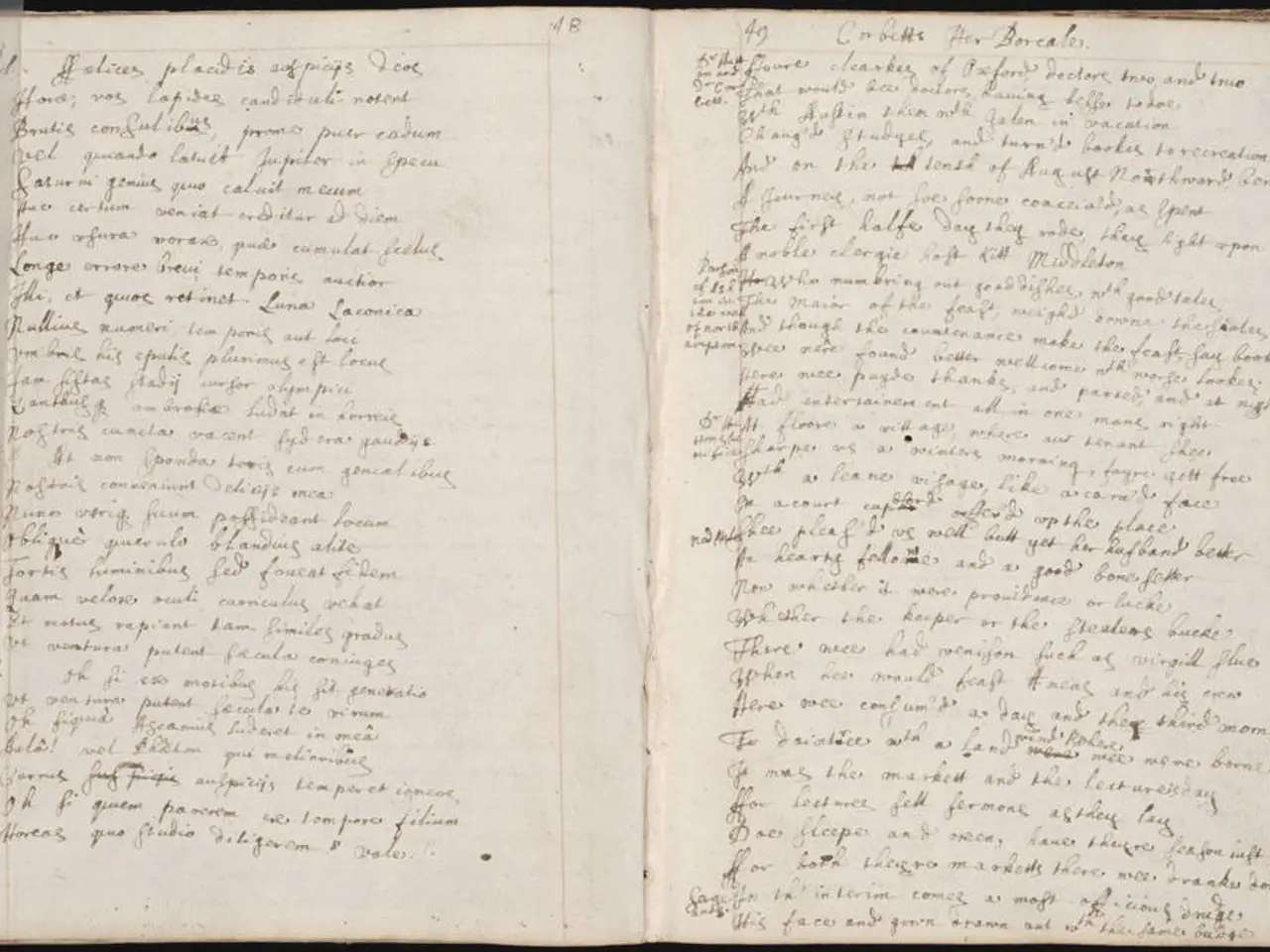Academic Writing Guidelines for Proper Language and Grammar Usage
Crafting Clear and Professional Academic Writing
Effective academic writing is crucial for researchers to communicate their findings accurately and concisely. Here are some key guidelines to follow:
1. Clarity and Precision
Use concrete and non-ambiguous language to accurately convey research findings. Avoid ambiguous language that can lead to misinterpretation, especially in international academic writing.
2. Simple and Accurate Verbiage
Experts suggest using simple, accurate, non-colloquial verbiage in academic writing. This approach ensures that the language is accessible to a broad audience while maintaining scholarly rigor.
3. Well-Organized Structure
Academic papers should be well-organized, with a clear introduction, body, and conclusion. This structure helps readers follow the argument and understand the research's significance.
4. Appropriate Formatting
Academic papers should be typed and printed in a legible font, such as Times New Roman or Arial, and should be double-spaced for easy reading. Proper formatting, including margins, headings, and reference lists, is essential for maintaining a professional appearance.
5. Punctuation and Verb Tenses
Use punctuation accurately to clarify meaning and logical structure of sentences. Maintain consistent and appropriate verb tense throughout the paper. Prefer active voice for clearer, more concise prose, but use passive voice when emphasizing the action or result over the actor.
6. Citation and Quotation Marks
Always credit sources for ideas, quotes, or data not originally yours to maintain academic integrity. Proper citations enhance credibility and allow readers to verify sources and pursue further reading. The rules for quotation mark usage can vary depending on the citation style.
7. Standard Formatting and STM Style Guide
Follow the formatting rules of your chosen style guide (e.g., margins, font, headings, spacing, reference lists) and the STM (Science, Technology, and Medicine) style guide for scientific writing. This ensures clarity, precision, and conformity to disciplinary standards in scientific publications.
By integrating these elements, your academic writing will be clear, rigorous, and professional, effectively communicating your research or arguments. Always review specific style guide instructions provided by your institution or publisher for precise formatting and citation rules.
Avoiding Common Errors
Common errors in English writing can arise when translating text. Researchers should be aware of these errors and how to fix them to ensure their writing is clear, concise, and easy to understand, and that their ideas are communicated effectively to the academic community.
1. Seek Support for Language Editing - To avoid errors in English writing, researchers can benefit from language editing support, ensuring their academic writings are clear, concise, and easy to understand.
2. Opt for Academic Translation Services - When writing for an international academic audience, it's essential to consider academic translation services to avoid ambiguous language and misinterpretation.
3. Ensure Submission Readiness with Writing Support - To present research papers in education-and-self-development with the highest level of professionalism, researchers must ensure their documentation is submission-ready, utilizing writing support when necessary.
4. Learn Proper Rules of Citation - By conquering the rules of citation and quotation marks, researchers demonstrate their commitment to academic integrity and enabling readers to verify sources and pursue further learning.




